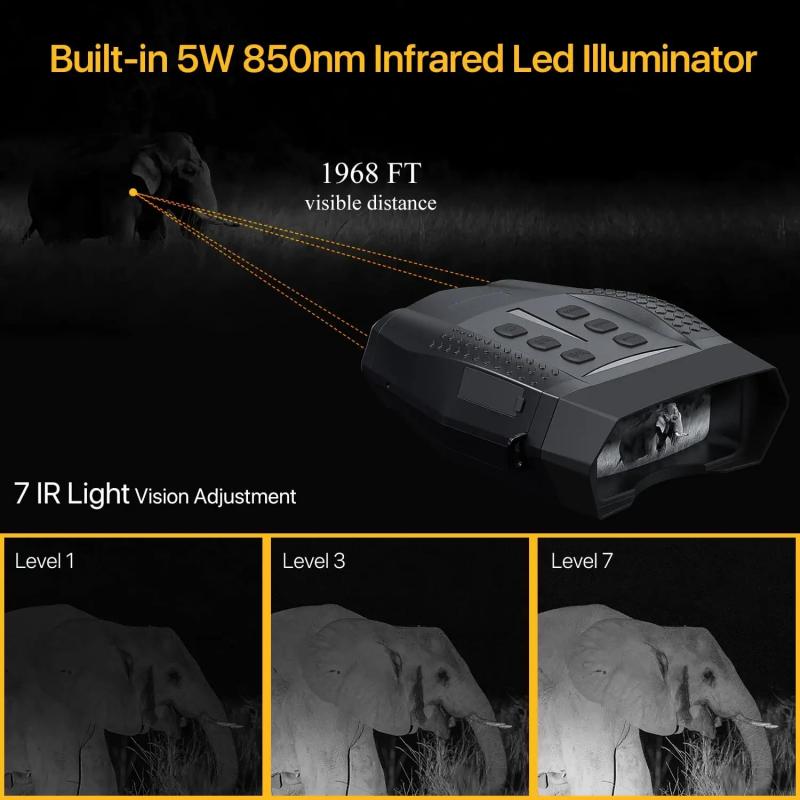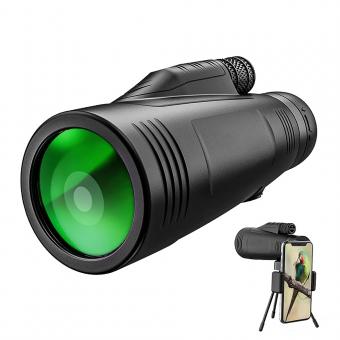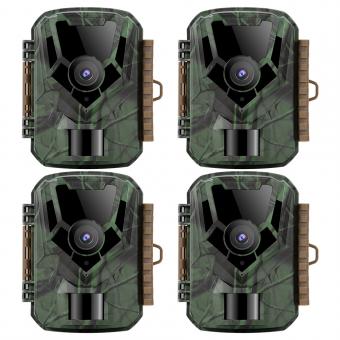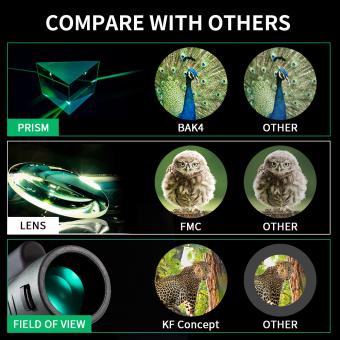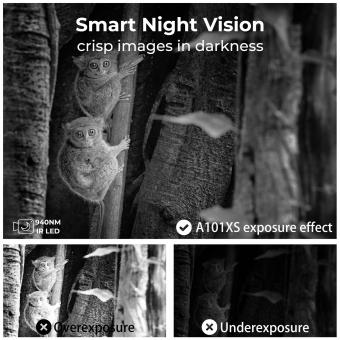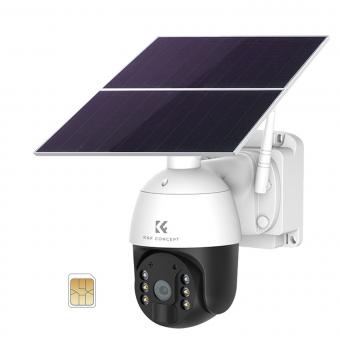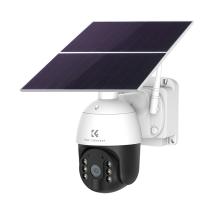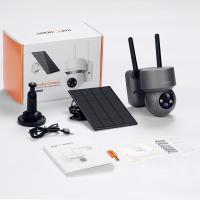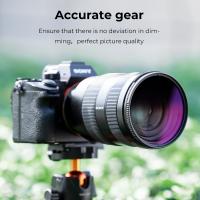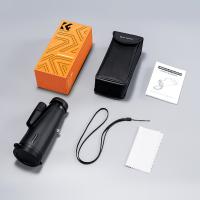Why Would Binocular Visual Fields Differ To Monocular ?
Binocular visual fields differ from monocular visual fields because binocular vision involves the use of both eyes simultaneously, while monocular vision involves the use of only one eye at a time. Binocular vision allows for depth perception and the ability to perceive objects in three dimensions, while monocular vision provides a wider field of view but lacks depth perception. The visual fields of each eye overlap to create a binocular visual field, which is larger than the visual field of either eye alone. This overlap allows for the brain to combine the images from each eye to create a single, unified image with depth and dimensionality. In contrast, the visual field of each eye in monocular vision is separate and does not overlap, resulting in a wider but less detailed field of view.
1、 Binocular Vision
Binocular vision refers to the ability of an organism to use both eyes simultaneously to perceive a single, three-dimensional image of the environment. In contrast, monocular vision involves the use of only one eye to perceive the environment. The visual fields of binocular vision differ from those of monocular vision because the two eyes are positioned slightly apart from each other, resulting in overlapping visual fields.
The overlapping visual fields of the two eyes allow for depth perception, which is the ability to perceive the distance of objects in the environment. This is because the brain can compare the slightly different images received by each eye and use the differences to calculate the distance of objects. In contrast, monocular vision lacks this depth perception because there is no overlapping visual field to compare.
Recent research has shown that binocular vision also plays a crucial role in other aspects of visual perception, such as visual attention and visual memory. For example, studies have found that binocular vision enhances the ability to attend to objects in the environment and to remember their locations. This is because the two eyes provide redundant information that can be used to enhance visual processing.
In summary, binocular vision differs from monocular vision because it allows for depth perception and enhances other aspects of visual perception such as attention and memory. The latest research suggests that binocular vision plays a crucial role in many aspects of visual perception and is essential for our ability to navigate and interact with the environment.
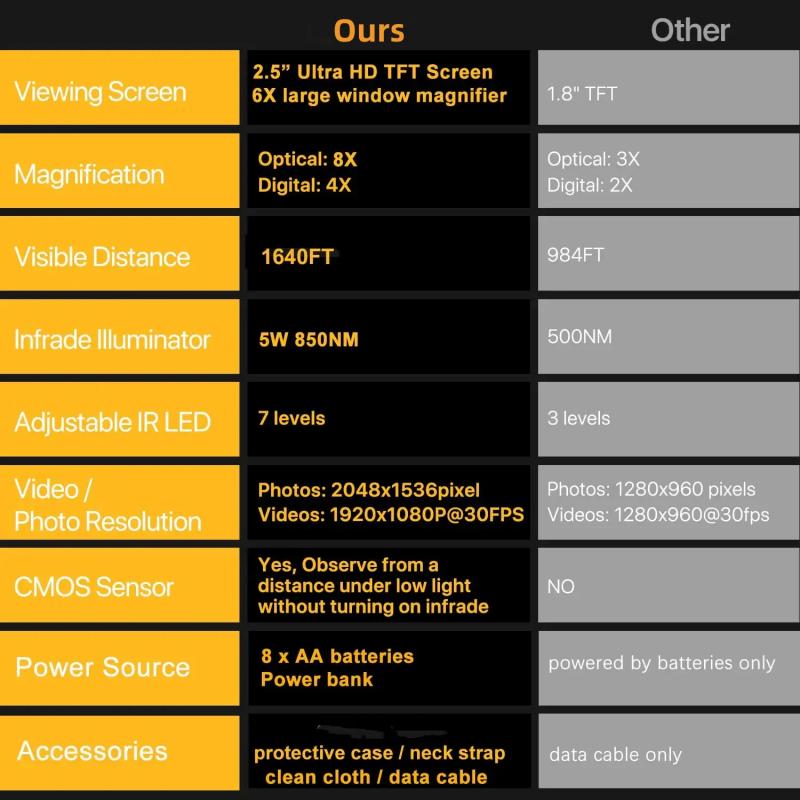
2、 Monocular Vision
Binocular vision refers to the ability of the eyes to work together to create a single, three-dimensional image of the world. In contrast, monocular vision refers to the ability of each eye to see independently. The visual fields of binocular vision and monocular vision differ because binocular vision provides a wider field of view and depth perception, while monocular vision provides a narrower field of view and less depth perception.
The reason for this difference is due to the way the brain processes visual information from each eye. In binocular vision, the brain combines the images from each eye to create a single, three-dimensional image. This allows for a wider field of view and depth perception because the brain can use the differences in the images from each eye to calculate distance and depth.
In contrast, monocular vision provides a narrower field of view and less depth perception because the brain only receives information from one eye. However, recent research has shown that the brain can use other cues, such as motion parallax and perspective, to create a sense of depth even with monocular vision.
Overall, the difference between binocular and monocular vision lies in the brain's ability to process visual information from each eye. While binocular vision provides a wider field of view and depth perception, monocular vision can still provide a sense of depth through other visual cues.
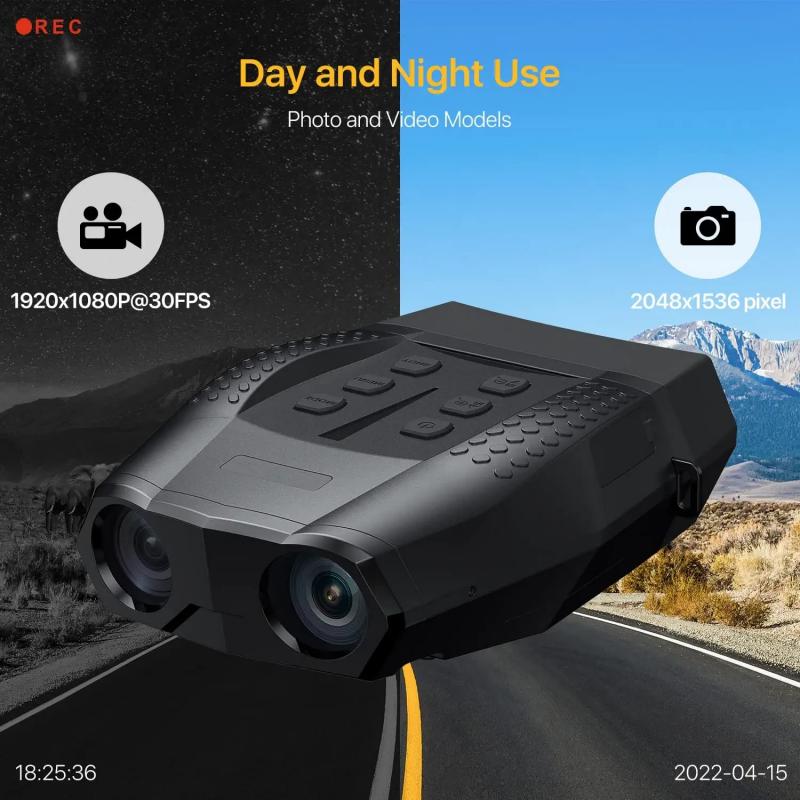
3、 Visual Field
Binocular visual fields differ from monocular visual fields because binocular vision involves the use of both eyes, while monocular vision involves the use of only one eye. Binocular vision allows for depth perception and the ability to perceive objects in three dimensions. This is because each eye has a slightly different view of the world, and the brain combines these two images to create a single, three-dimensional image.
In contrast, monocular vision provides a narrower field of view and less depth perception. However, it is still important for tasks such as reading, driving, and other activities that require visual acuity.
Recent research has shown that binocular visual fields may differ between individuals due to variations in the size and shape of the eye, as well as differences in the alignment of the eyes. These differences can affect the way that light enters the eye and is processed by the brain, leading to variations in visual perception.
Overall, understanding the differences between binocular and monocular visual fields is important for understanding how the human visual system works and how it can be affected by various factors such as age, disease, and injury.

4、 Stereopsis
Stereopsis is the ability of the brain to perceive depth and three-dimensional space by combining the slightly different images received by each eye. This is possible because each eye has a slightly different perspective on the same object, which allows the brain to create a single, three-dimensional image.
Binocular visual fields differ from monocular visual fields because each eye has a slightly different field of view. This means that each eye sees a slightly different image of the same object, which allows the brain to create a three-dimensional image with depth perception. In contrast, monocular vision only provides a two-dimensional image of an object, which lacks depth perception.
The latest point of view on stereopsis suggests that it is a complex process that involves not only the eyes but also the brain. Recent studies have shown that the brain uses a combination of visual cues, such as texture, shading, and motion, to create a three-dimensional image. Additionally, the brain can also use other sensory information, such as sound and touch, to enhance depth perception.
In conclusion, binocular visual fields differ from monocular visual fields because they provide the brain with the necessary information to create a three-dimensional image with depth perception. Stereopsis is a complex process that involves not only the eyes but also the brain, and recent research has shed light on the various visual cues and sensory information that the brain uses to create a three-dimensional image.
